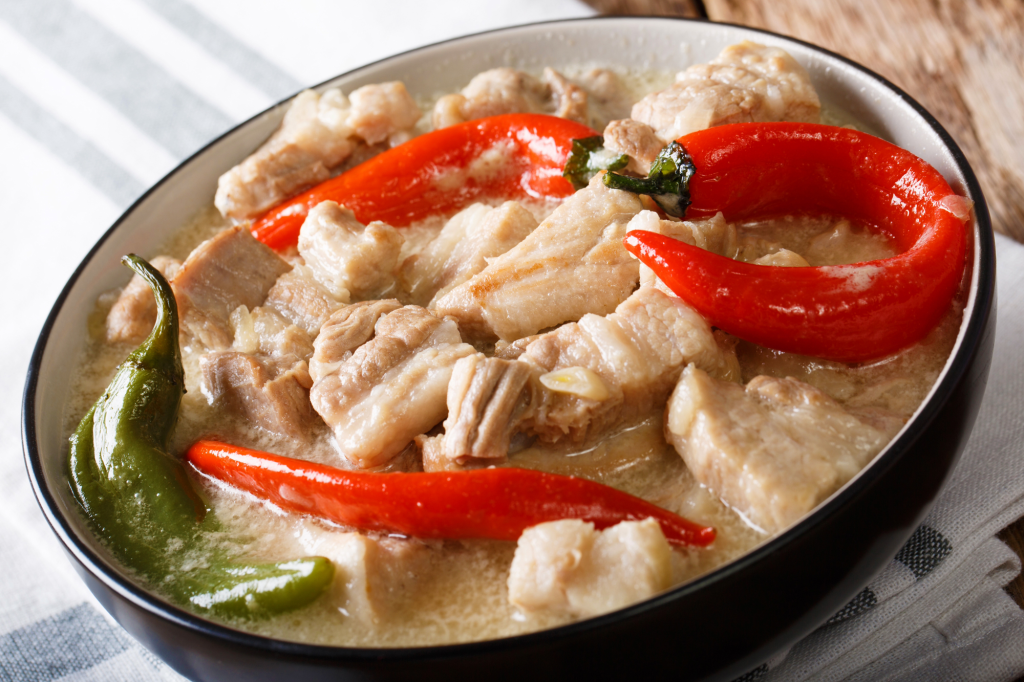Filipino cuisine stands as a vibrant testament to the country’s rich cultural heritage, diverse influences, and unique culinary traditions. The archipelago’s complex history has created a food landscape unlike any other in Southeast Asia, where Philippine culinary traditions blend indigenous cooking methods with Chinese, Spanish, American, and even Mexican influences. This amalgamation of flavors and techniques has resulted in dishes that are distinctly Filipino—comforting, flavorful, and deeply connected to the nation’s identity.
The Foundations of Filipino Cuisine
Traditional Filipino cuisine is built upon several key elements that appear consistently across the country’s diverse regional cooking styles. Rice serves as the foundation of most meals, often accompanied by a viand (ulam) of meat, seafood, or vegetables. The harmonious balance of flavors—sour, salty, sweet, and sometimes bitter—creates the distinctive taste profile that Filipino food is known for.
Filipino cooking techniques have been passed down through generations, with many methods predating colonial influences. Grilling over open flames, steaming in banana leaves, and fermenting ingredients are all traditional practices that continue to define authentic Filipino dishes today.

Iconic Traditional Filipino Dishes
Adobo: The Unofficial National Dish
Perhaps no dish represents Filipino cuisine more universally than adobo. This preparation method involves marinating meat (typically chicken or pork) in a mixture of vinegar, soy sauce, garlic, bay leaves, and peppercorns before slowly simmering until tender. The result is a perfect balance of savory, tangy, and slightly sweet flavors that permeate the meat.
What makes adobo particularly special is its infinite variations—every Filipino family has their unique recipe and preparation method, making it both a unified national dish and a deeply personal one.
Sinigang: The Sour Soup Sensation
Sinigang exemplifies Filipinos’ love for sour flavors. This soup features meat or seafood in a tamarind-based broth with various vegetables like water spinach (kangkong), radish, eggplant, and tomatoes. The sourness can be adjusted according to preference, but a good sinigang should deliver that distinctive tangy kick that makes it refreshingly unique.
Regional variations of sinigang might use different souring agents, including guava, calamansi, or green mango, showcasing the adaptability of regional Filipino food to local ingredients.
Lechon: The Celebration Centerpiece
No Filipino fiesta would be complete without lechon—a whole roasted pig that serves as the ultimate celebration dish. The preparation involves stuffing the pig with herbs and spices, then slowly roasting it over charcoal until the skin turns golden and crispy while the meat remains juicy and tender.
The best lechon is often judged by its skin—crackling, crisp, and glistening—while various regions have their own seasoning traditions. Cebu’s version, for instance, stands out for its distinctive stuffing of lemongrass, leeks, and garlic.
Kare-Kare: The Rich Peanut Stew
Kare-kare represents Filipino cuisine’s complexity with its rich, thick peanut sauce. Traditionally made with oxtail, tripe, and vegetables like eggplant, banana blossoms, and string beans, this savory stew demonstrates the ingenuity of Filipino cooks in creating complex flavors from humble ingredients.
The dish is characteristically served with bagoong (fermented shrimp paste), creating a fascinating flavor contrast—the creamy, mild peanut sauce against the intense saltiness of the condiment.
Regional Specialties Across the Islands
The Philippines’ geography as an archipelago has naturally led to distinctive regional cuisines, each with unique specialties:

Bicol Express from the Spice-Loving South
Bicol region’s cuisine stands out for its liberal use of chilies and coconut milk. Bicol Express combines these elements in a spicy pork stew that’s simultaneously fiery and creamy—a testament to the region’s affinity for bold flavors.
Pancit Molo: Iloilo’s Answer to Wonton Soup
From the Western Visayas region comes pancit molo, a soup featuring meat-filled dumplings in a clear, flavorful broth. Unlike many pancit (noodle) dishes, pancit molo contains no noodles but instead features delicate meat-filled dumplings that showcase the region’s Chinese influences.
Ilocos Empanadas: Northern Delights
The bright orange empanadas from Ilocos are stuffed with green papaya, mung bean sprouts, and longanisa (local sausage), then deep-fried to perfection. Eaten with a spiced vinegar dipping sauce, these pastries represent the unique culinary identity of the country’s northern provinces.
The Role of Filipino Food in Cultural Identity
Traditional Filipino dishes go beyond mere sustenance—they represent cultural identity, family bonds, and communal values. The Filipino tradition of “kamayan” (eating with hands) and “boodle fights” (where food is laid out on banana leaves for everyone to share) emphasizes the communal nature of dining in Filipino culture.
Food preparation itself often becomes a family affair, with recipes passed down through generations. Many Filipinos abroad maintain connections to their homeland through cooking and sharing traditional dishes, making Filipino cuisine an essential vehicle for cultural preservation and nostalgia.
Modern Interpretations of Traditional Dishes
While traditional cooking methods remain cherished, contemporary Filipino chefs are reinterpreting classic dishes with modern techniques and presentations. This “new Filipino cuisine” movement respects traditional flavors while exploring innovative approaches—elevating humble dishes to fine dining experiences and introducing Filipino flavors to global audiences.
These chefs are also championing sustainable practices and highlighting indigenous ingredients that were once overlooked, helping to preserve the Philippines’ rich culinary biodiversity while moving the cuisine forward.
Recommended Resources for Filipino Cuisine Enthusiasts
For those interested in delving deeper into Filipino cuisine, several resources offer valuable information and authentic recipes:
- Filipino food blogs specializing in traditional recipes with modern adaptations
- Cookbooks by Filipino chefs that document regional specialties and family recipes
- Cultural heritage centers in the Philippines that offer cooking classes and food tours
- Local markets where you can experience authentic ingredients
FAQ: Traditional Filipino Cuisine
What are the most common seasonings in Filipino cooking?
Filipino cuisine relies heavily on vinegar, soy sauce, fish sauce (patis), shrimp paste (bagoong), calamansi (native citrus), and garlic as key flavor components.
Is Filipino food spicy?
Traditional Filipino cuisine is generally not spicy, with some regional exceptions like Bicol cuisine. Most dishes focus on sour, savory, and sweet flavor profiles rather than heat.
Conclusion: The Enduring Legacy of Filipino Food
Traditional Filipino dishes represent more than just culinary achievements—they embody the nation’s history, resilience, and creative spirit. From the humble home kitchens to modern restaurants worldwide, these flavors continue to evolve while maintaining their distinctive character.
For Filipinos, these dishes represent comfort, nostalgia, and identity. For others, they offer a delicious window into a culture that values community, resourcefulness, and the joy of sharing good food. As global interest in diverse cuisines grows, traditional Filipino dishes are finally receiving the international recognition they deserve—celebrating the unique flavors that have been cherished on the islands for generations.

